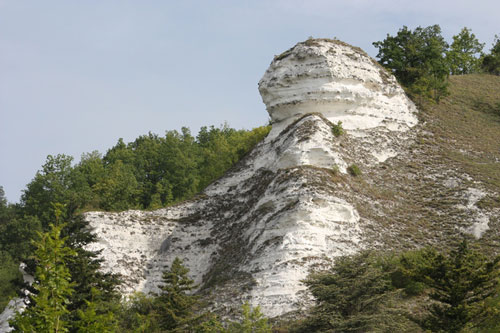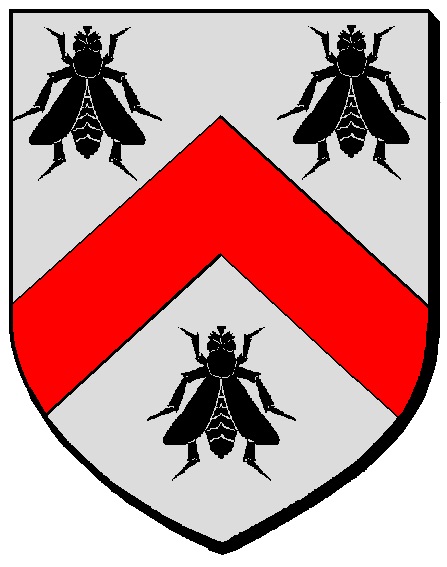
Sentiers du Patrimoine ®
Haute-Isle

Faire quelques pas pour vous rendre devant le panneau sur le colombier.
Prochain point : lat="49.0831842997364" lon="1.65803532600908"

The name “boves” comes from old French and means rocky shelters, caves or caverns. The inhabitants used these excavations as housing, shelters for their animals (stables, sheep sheds and dovecotes etc.) or cellars. They were carved into limestone cliffs and rocky outcrops, stretching out in an 80 metre-high amphitheatre facing the Seine.
Since the early middle ages, these boves have been the old town of Haute-Isle, along with the ancient château partly carved out of the rock. Troglodyte houses also appeared above the hamlet of Chantemesle, where a priory of the Saint Denis Abbey was established.
French poet, writer and critic, Nicolas Boileau (1636-1711), spent time in the chateau, then the home of his nephew, Nicolas Dongois. He established Haute-Isle as an independent parish, it was previously part of the Chérence parish. The church, excavated and developed from 1670 to 1673, is one of the rare churches in France to be entirely carved out of rock.
Up until the 20th Century, vineyards were cultivated on the limestone hillsides, alongside agro-pastoral, forestry and fruit-growing activities. The troglodyte houses were not abandoned until the 19th century. Some are still inhabited, now set up with modern comforts. In the 20th century, the village expanded across the hillsides and along the banks of the Seine, where hospitality, leisure activities and fishing developed.


